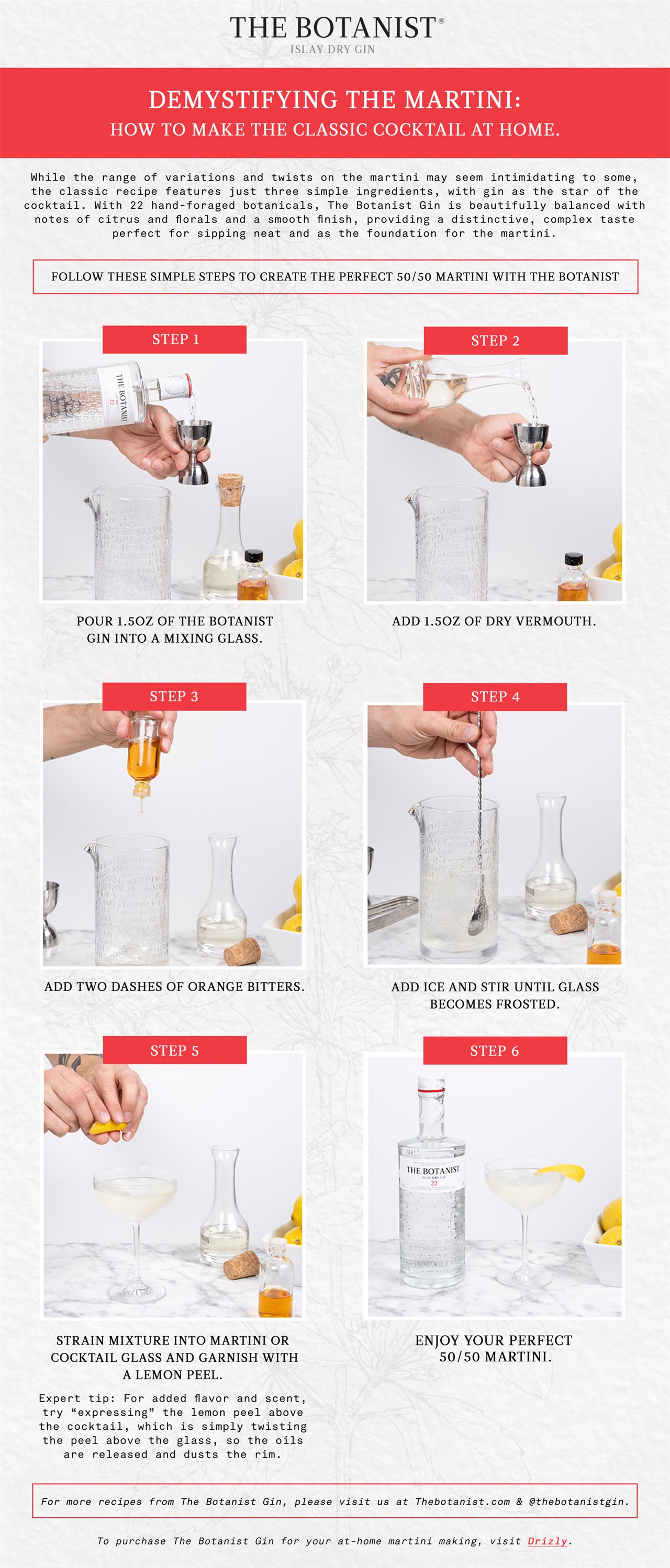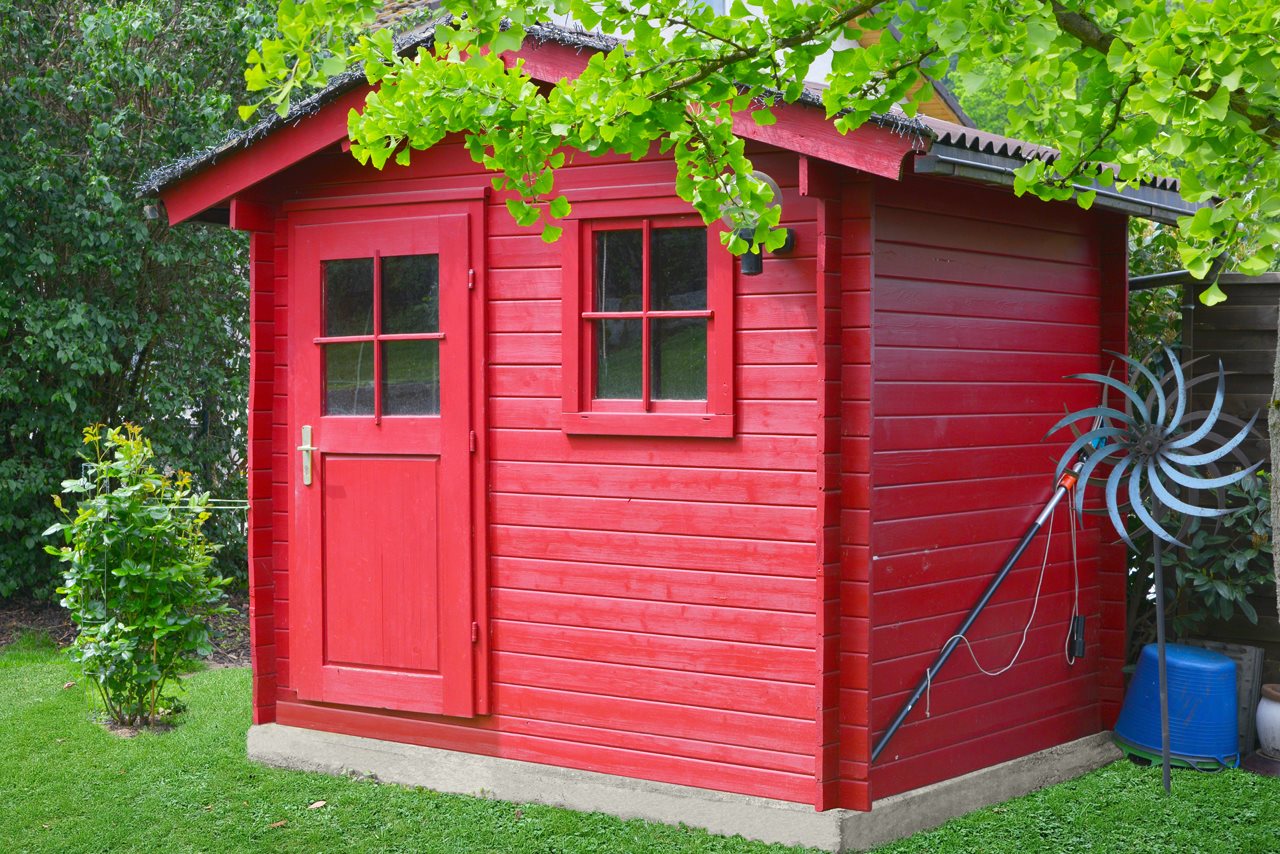2020-06-29T09:01:00
(BPT) – The threat of COVID-19 in nursing homes and assisted living facilities has led elderly individuals and people with disabilities or underlying health conditions to seek safer administration of their care. For some, the most desirable place to receive ongoing services is in their own homes. According to the CDC, in the age of COVID-19, your home is the safest place to be. Why then should care be any different?
The concept of ”aging in place” is not new, but for seniors — and people with disabilities or other long-term care needs — the idea of hiring and managing services to ensure you can remain at home, known as self-directed care, may seem too complex. It doesn’t need to be. Understanding your rights, caregiver options and resources can provide the freedom to live life on your terms.
Why choose in-home services?
Self-determination was first recognized in law nearly 30 years ago. Regardless of age or ability, you can choose how to receive, manage and pay for long-term services.
Giving individuals freedom to make care decisions has far-reaching positive impacts. In 1990, the Robert Wood Johnson Foundation launched an 18-state pilot program, finding that individuals with long-term care needs or disabilities experienced better health outcomes with self-directed home or community-based care options. Moreover, one study showed self-direction generating cost savings of 12.4% to 15.5% compared to traditional service arrangements.
Proven health benefits have spurred support for self-directed programs nationwide, as self-directing participants are up to 90% more likely to be very satisfied with how they lead their lives.
Is in-home care safe?
Over a fifth of the deaths from COVID-19 in the United States are tied to nursing homes or other long-term care facilities, with families becoming increasingly reluctant about their elderly loved ones going to nursing facilities. Home-based care can provide safe, stable and accessible services.
When conducted using precautions advised by health authorities, receiving support that allows you to remain in your home is safer because it limits exposure that may otherwise occur in nursing homes and long-term care facilities. Additionally, self-directed models have demonstrated little service disruption during state-mandated shutdowns while nursing homes and long-term care facilities are struggling to ensure adequate coverage.
Self-direction has also been shown to provide significant flexibility as individuals with disabilities can switch between agency-delivered and self-directed services at any time, while maintaining control of the budget to purchase personal protective equipment (PPE), a cellphone and an internet connection to facilitate telehealth.
Further, with self-direction, you control associations with people outside of your household. This includes the potential to hire a qualified household member to assume the support role to further limit external contact.
How do you hire a family member or friend?
Today, more than one million Medicaid beneficiaries choose self-directed in-home and community-based services.
If you or a loved one have a trusted friend or family member who is qualified to provide in-home or community-based care, start by contacting the local health department or Medicaid office to determine Medicaid eligibility and assess the services needed. Once an assessment is completed, you or your loved one can inquire about self-directing services and proceed with hiring.
When self-directing services, the person receiving the services becomes a caregiver’s direct employer. Enlisting a financial intermediary can help you ensure all administrative tasks, payroll and taxes are handled seamlessly. GT Independence, for instance, helps approximately 25,000 individuals in 11 states to manage in-home and community-based services through easy-to-use, accessible, online and mobile services that are 100% HIPAA compliant, allowing caregivers to focus on what really matters: the individual.
For valuable resources about integrating self-directed options into a personal care plan, visit Collaboration to Promote Self-Determination (CPSD) or National Gateway to Self-Determination (NGSD).











